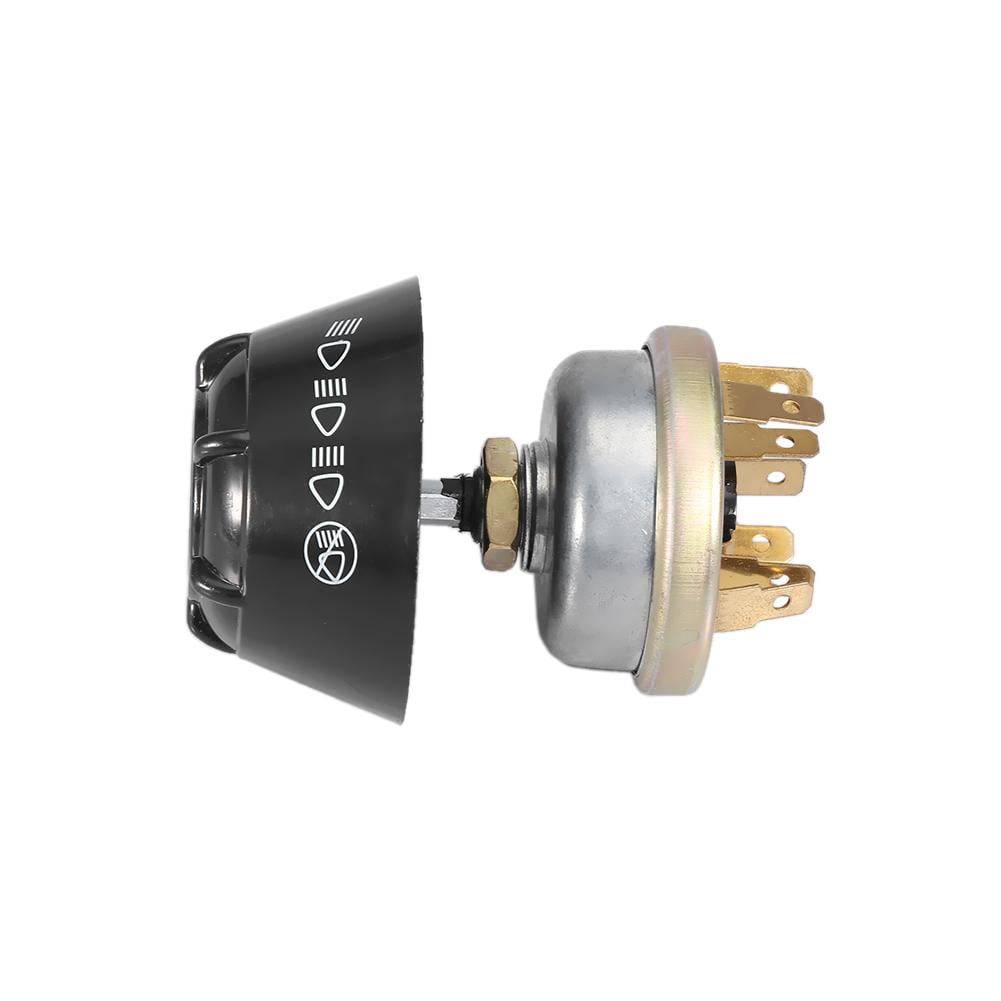
In the United States, train horns are required to have a minimum sound level of 96 dB and a maximum sound level of 110 dB at 100 ft (30 m) in front of the train. Therefore, train horns are louder and lower in frequency than car horns, so that they can be heard at longer distances. Trains typically cannot stop in time to avoid hitting obstructions and depend on being seen by the driver, so they rely on their horns to warn of their approach. consist of groups of two to five horns (called "chimes") which have different notes, sounded together to form a chord. To distinguish their sound from truck and bus air horns, train horns in the U.S. Locomotives have train horns, which are air horns operated by compressed air from the train's air brake system. The Leslie S5T, a locomotive air horn with five 'chimes' Trains, trolleycars and trams/streetcars Sound levels are approximately 117–118 decibels. The frequencies vary to produce a variety of different chords, but in general are lower than those of automobile horns-125–180 Hz (approximately C 3–G 3).

PUSH BUTTON CITY HORN INSTALL
Usually two or more are used, some drivers go so far as to install train horns. This design may also be installed on customised automobiles, using a small electrical compressor. Such air horns are often used as trim items, with chromed straight horns mounted on top of the cab. The compressor forces air past a diaphragm in the horn's throat, causing it to vibrate. Truck (lorry), and bus horns may be electrically operated and similar to car horns, but are often air horns driven by air from an air compressor, which many trucks and buses have in order to operate the air brakes. These vehicles and the cheaper cars have only one horn. Their horn grilles may be made of cheap plastic.

Some motor scooters have this feature as well, placed below the handlebars. A luxury car's horn grilles are usually chrome-plated.Ĭars with rear engines, such as the Volkswagen Beetle and the early Porsches, necessarily have no radiator grilles in front, and so have horn grilles placed below their headlights. Thus some cars, often British ones, have a pair of round horn grilles on either side of the radiator grille, with a horn behind each. Those designs that echo the shape of the grille no longer have front fenders with rather large crevices that accommodate trumpet-shaped horns. Now grilles are usually designed so the sound of a horn can readily come out through them. The radiators of modern cars no longer determine the shape of the grilles, which have become more abstract, the radiator being of different proportions from the grille and over 15 centimetres behind it.

Again, these horns can be either single, or arranged in pairs typical frequencies for a pair are 420–440 Hz and 340–370 Hz (approximately G ♯ 4–A 4 and F 4–F ♯ 4) for this design.Ī horn grille is a part of some designs of car or other motor vehicle that has an electric horn, such as a motor scooter. Sound levels of such horns are approximately 109–112 decibels, and they typically draw 2.5–5 amperes of current. Some cars, and many motor scooters or motorcycles, now use a cheaper and smaller alternative design, which, despite retaining the name "horn," abandons the actual horn ducting and instead relies on a larger flat diaphragm to reach the required sound level. Typical frequencies of a pair of horns of this design are 500 Hz and 405–420 Hz (approximately B 4 and G ♯ 4, minor third). Horns can be used singly, but are often arranged in pairs to produce an interval consisting of two notes, sounded together although this doubles the sound volume, the use of two differing frequencies with their beat frequencies and missing fundamental is more perceptible than the use of two horns of identical frequency, particularly in an environment with a high ambient noise level. Sound levels of typical car horns are approximately 107–109 decibels, and they typically draw 5–6 amperes of current.

A spiral exponential horn shape (sometimes called the "snail") is cast into the body of the horn, to better match the acoustical impedance of the diaphragm with open air, and thus more effectively transfer the sound energy. There is usually a screw to adjust the distance/tension of the electrical contacts for best operation. This arrangement opens and closes the circuit hundreds of times per second, which creates a loud noise like a buzzer or electric bell, which sound enters a horn to be amplified. The diaphragm is attached to contact points that repeatedly interrupt the current to that electromagnet causing the diaphragm to spring back the other way, which completes the circuit again. Horn of Rolls Royce Phantom I Open Tourer Windovers (1926)Ĭar horns are usually electric, driven by a flat circular steel diaphragm that has an electromagnet acting on it in one direction and a spring pulling in the opposite direction.


 0 kommentar(er)
0 kommentar(er)
